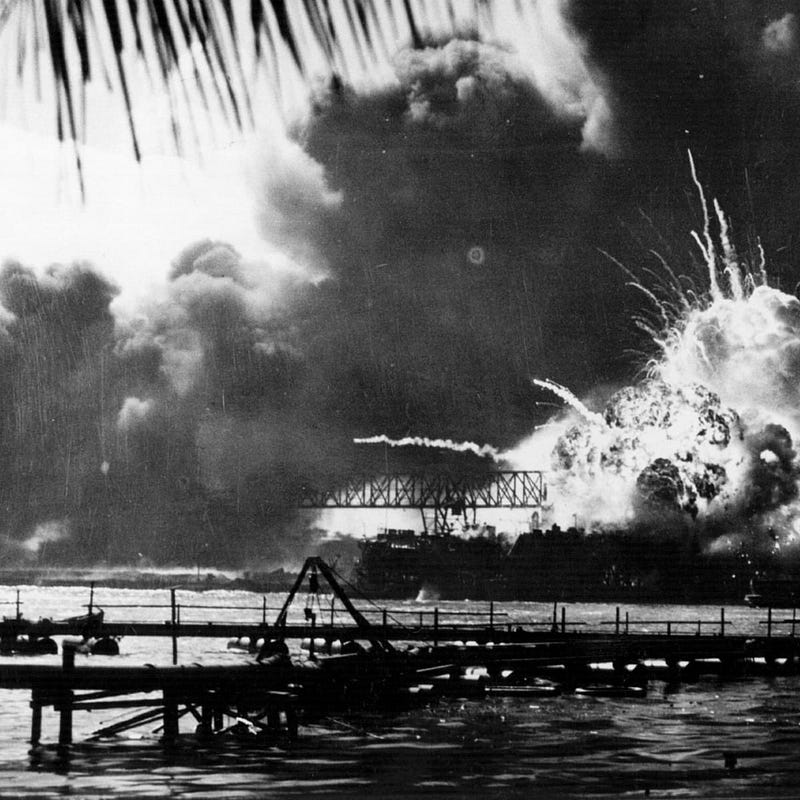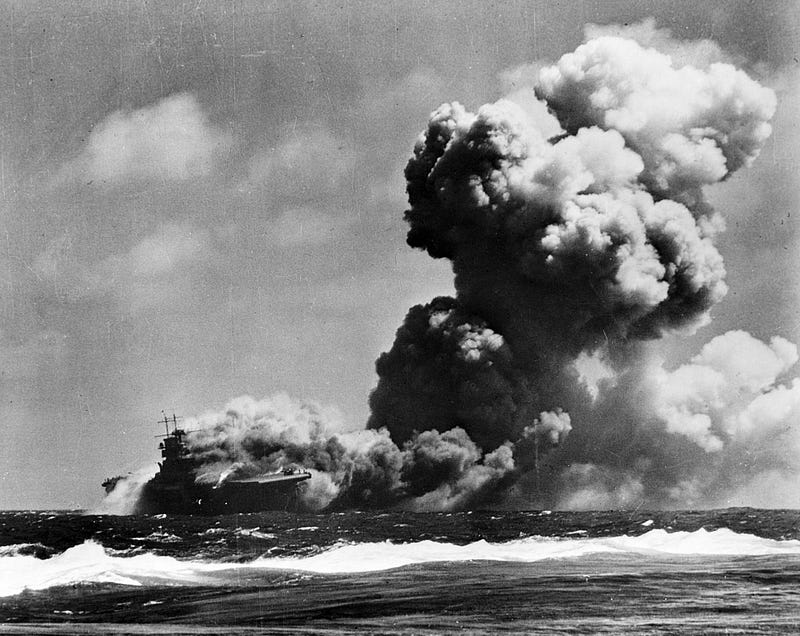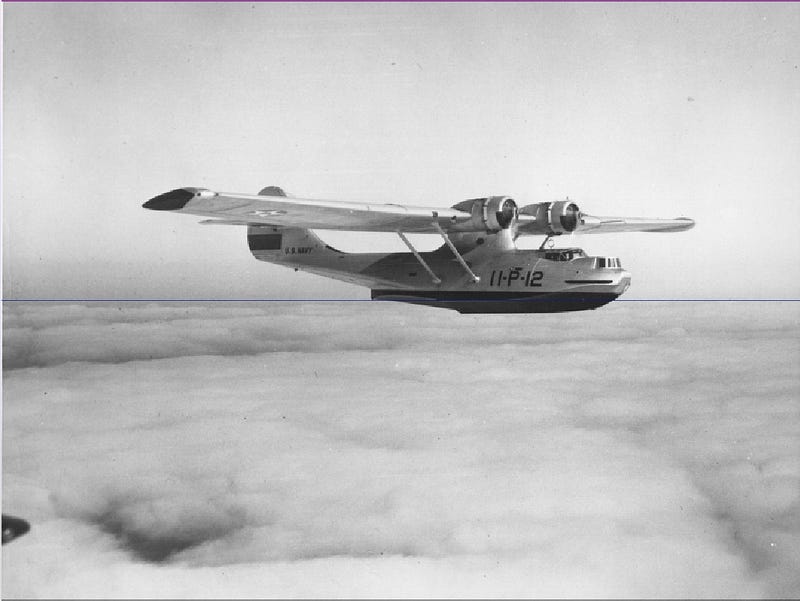 any who head to the seaside have an irrational fear that a shark might spring out of the water and attack them. In reality, in 2019, only 140 shark attacks were recorded worldwide, with the number being as low as 36 in 2018. This means that you are between 10 to 55 times more likely to be injured and killed by a lightning strike rather than a shark.
any who head to the seaside have an irrational fear that a shark might spring out of the water and attack them. In reality, in 2019, only 140 shark attacks were recorded worldwide, with the number being as low as 36 in 2018. This means that you are between 10 to 55 times more likely to be injured and killed by a lightning strike rather than a shark.
Although these numbers prove that it is irrational to fear a shark attack, it doesn’t mean that we should toy with the beasts. Mostly docile, sharks usually attack when provoked, as seen in the statistics with 64 of the 140 shark attacks in 2019 being a result of a provocation by humans. Even so, there are times when sharks attack even if not provoked, as seen in the story of the USS Indianapolis and its 1197 crew.
The Pacific Theatre

After the Japanese attack on Pearl Harbour on 7 December 1941, the United States entered the war against Fascism. During their involvement in the Second World War, the United States started a campaign to regain control of the land in the Pacific taken over by the Japanese.
The fighting done on this side of the world would become known as the fighting in the Pacific Theatre. The war in the Pacific Theatre was brutal for both parties, with many thousands losing their life on both sides.
According to the United States Department of the Army, between the naval, land, and aerial battles, around 161,000 Americans lost their lives.
Perhaps the most brutal of the facets of the war in the Pacific was naval warfare. As the Japanese started to lose engagement after engagement against the American navy, they resorted to desperate tactics in a ploy to gain the upper hand against the superior American navy. These tactics included the use of Kamikazes and, although not on the same level, the use of submarines.
An unfortunate place to sink
The USS Indianapolis would become a victim of one such submarine attack. On the night of 30 July 1944, the Portland-class cruiser was hit twice by two Japanese torpedoes from the I-58 B3 type cruiser submarine. The ship was top-heavy due to the many changes done to its armament during the war and, as such, sunk very quickly. In 12 minutes, the entire vessel toppled and sank, taking 300 of the 1197 crew with it.

Those who did escape either did so by jumping off the ship while it sunk or using one of the few lifeboats available. Many who escaped felt relieved that they managed to get off the sinking ship just in time not to be dragged down into the depths with it, although true in that sense, they were not safe yet. They had to wait to be rescued. There was only one problem, the US Navy didn’t know that they had sunk.
The stranded sailors spent 3 days at sea without the central Navy command knowing that they had sunk. During this period, many of those 900 who escaped succumbed to the conditions. Sunstroke and dehydration claimed many as they sunk north of Indonesia and east of the Philippines, a region very close to the equator.
Although both sunstroke and dehydration claimed the lives of many, there was another danger lurking around the sailors. They happened to sink in an area infested with sharks. As the days went by, more and more sailors were picked off by these three plagues. Many were so weakened by the sun that they drowned with their life vests on; others became delusional and started drinking salt water, shortly leading to their deaths. The most horrifying of the stories about these men’s demise has to be the stories told about the sharks.
Although not naturally attracted to humans as prey, the sharks around the hundreds of stranded sailors started to feast upon their helpless victims. These are some of the accounts of sailors who survived the ordeal and saw the shark attacks in person:
“In that clear water you could see the sharks circling. Then every now and then, like lightning, one would come straight up and take a sailor and take him straight down. One came up and took the sailor next to me. It was just somebody screaming, yelling or getting bit.” — Loel Dean Cox in an interview with the BBC
“All the time, the sharks never let up. We had a cargo net that had Styrofoam things attached to keep it afloat. There were about 15 sailors on this, and suddenly, 10 sharks hit it and there was nothing left. This went on and on and on.” — Eugene Morgan in an interview with History.com
From the time the ship sunk to their rescue, it is estimated that between 10 to 150 sailors were killed as a result of shark attacks. No other single event in history has had as many fatalities caused directly by sharks making this the deadliest shark attack in history.
A lucky patrol flight
Luck would be on the side of the sailors on the 2 August as they were spotted by a PV-1 Ventura and a PBY-2 who were out on their scheduled patrol. One of the planes dropped a raft as well as a radio down and reported the stranded sailors to their command. As soon as the news was received, all rescue resources were deployed in order to rescue those who still remained alive.

An amphibious plane was initially sent in, which managed to rescue over 50 of the stranded sailors. On the night of the 2 August, 7 ships were sent in, including destroyer USS Cecil J. Doyle. These ships managed to rescue all of the remaining sailors. While on board these ships, many received first aid to treat their wounds, mainly wounds caused by sunburns, as well as food and water, as the stranded sailors had no access to either while they were stranded on the open sea.
Of the nearly 900 men who survived the initial sinking of the USS Indianapolis, only 316 were rescued. This has led many to call the failure to initially rescue the sailors one of the biggest naval blunders committed by the US naval command in World War Two.

Student of Philosophy, Politics and Economics. History fanatic. Contact: aneculaeseicg@gmail.com





